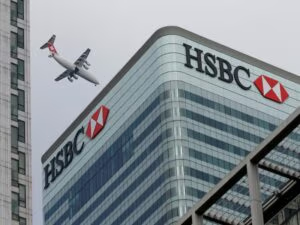The Reserve Bank of India (RBI) kept its benchmark repo rate unchanged at 5.50% on Wednesday, in line with market expectations, effectively pausing its recent rate-cutting cycle amid mounting global headwinds, including a fresh 25% U.S. tariff on Indian exports.
The central bank had slashed the key rate by a cumulative 100 basis points in the first half of 2025, including a surprise 50 bps cut in June, with Governor Shaktikanta Das referring to the move as “front-loading” support for growth.
While the RBI retained its “neutral” policy stance, it also signalled a shift towards a more data-dependent approach, suggesting further easing may be limited.
“That’s not to say the rate easing cycle is over — but it’s just about there,” analysts at Barclays said in a client note, predicting a final 25 bps cut in October.
Tariff Shock, Slowing Growth Shape Policy Outlook
The decision comes on the heels of rising external pressures, particularly the imposition of 25% U.S. tariffs following failed bilateral trade negotiations — a move seen as disinflationary and growth-negative for India.
India’s headline inflation dropped to 2.1% in June, its lowest level in over six years, largely driven by falling food prices. This benign inflation environment had previously given the RBI room to focus on boosting growth.
However, GDP growth for FY2024-25 slowed to 6.5%, down from 9.2% in the prior fiscal year. The central bank maintained its GDP forecast at 6.5% for the fiscal year ending March 2026, citing steady but slowing momentum in domestic demand.
Currency Pressures Persist, RBI Steps In
India’s currency remained under pressure, with the rupee trading near its all-time low of ₹87.99 per dollar, last seen in February. The RBI has reportedly intervened in the foreign exchange markets to support the rupee amid foreign outflows and tariff-related sentiment.
“We see growth momentum tapering, as reflected in high-frequency indicators,” Barclays noted. “The imposition of higher U.S. tariffs, if retained, further skews risks to the downside.”
The pause in rate action reflects the central bank’s balancing act — supporting growth in the face of weakening external demand while guarding against volatility in capital flows and the currency.





